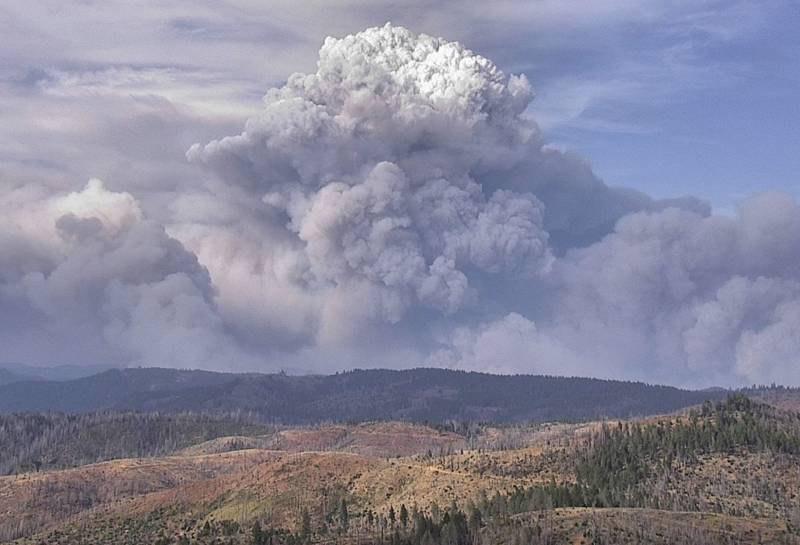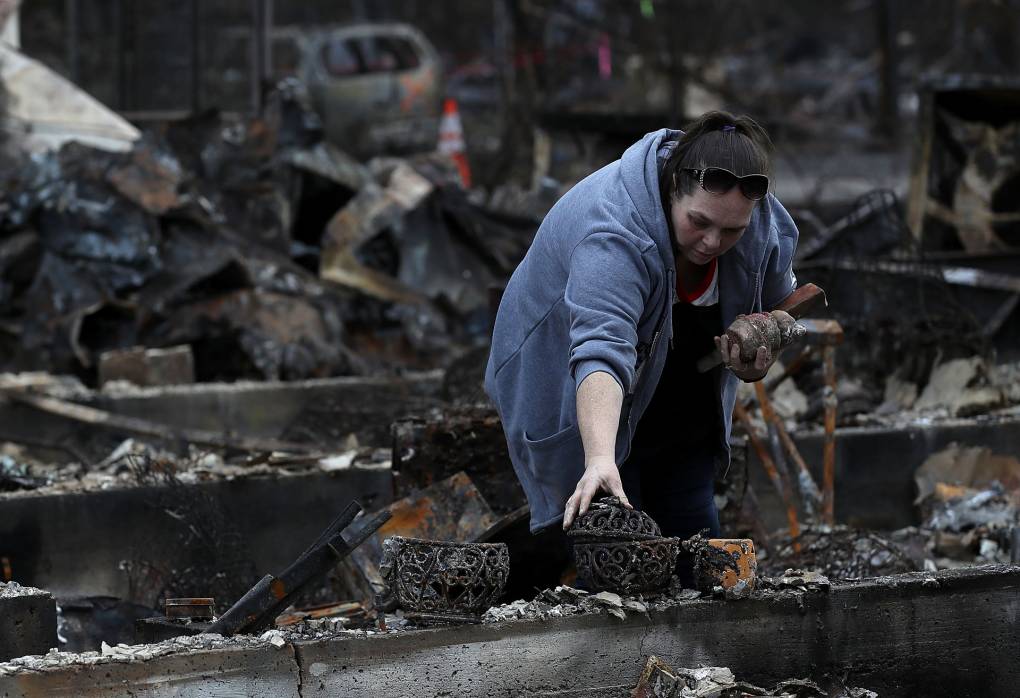Just after 5 p.m., a passing Sutter County fire crew alerted Cal Fire dispatchers to a small blaze burning "near the power lines" on the other side of the river.
The crew leader estimated the size of the fire at 40 feet by 40 feet. Cal Fire air tankers and helicopters responded within an hour in hopes of dropping enough water and retardant on the blaze to limit its spread until ground crews could arrive.
But getting access to the fire scene also proved daunting for those ground forces, which initially included half a dozen fire engines, two hand crews, a bulldozer and three water tenders.
A Cal Fire engine and a bus carrying a 20-member hand crew made their way up Camp Creek Road only to find the impassable bridge. The hand crew arrived at the disabled bridge after 8 p.m., nearly three hours after it was dispatched, and still faced a hike of at least a mile to get to the fire.
Fire commanders decided to hold off on sending reinforcements up Camp Creek Road. Instead, just before 9 p.m., they dispatched engines and water tenders to a remote road called 300 U Line that a single Cal Fire engine had scouted and found to have access to the fire scene from the slope above. Getting to the U Line site, however, required a drive of about 20 miles from a staging location on Highway 70 — much of it on a series of steep, twisting dirt roads.
One final factor limited Cal Fire's early response to the blaze: Shortly before 8 p.m., air operations were halted when a private drone was spotted over the fire.
Still, Cal Fire issued a statement at 8:45 p.m. that sounded an optimistic note about containing the fire.
"Air resources were able to ... hold the fire to approximately 1 to 2 acres," the statement said. "Air tankers dropped at least 7,000 gallons of retardant, while [a] helicopter was able to consistently take and drop water from the Feather River, which was right below the fire. Ground resources were able to hike into the fire and will begin to construct line around the fire and hold the fire at its current size."
Monday morning, Cal Fire reported the Dixie Fire has burned more than 30,000 acres and is 15% contained.
The blaze spread rapidly on Sunday, jumping the Feather River and growing to about 19,000 acres before sunset. The rapid spread of the fire prompted mandatory evacuation orders in several Butte and Plumas county communities north and east of the blaze, including along the river and near Bucks Lake.



